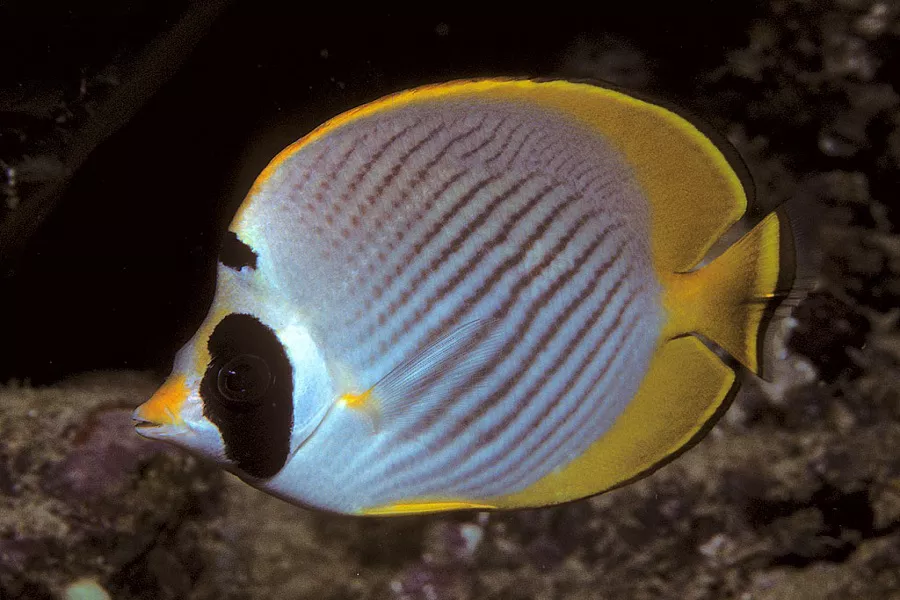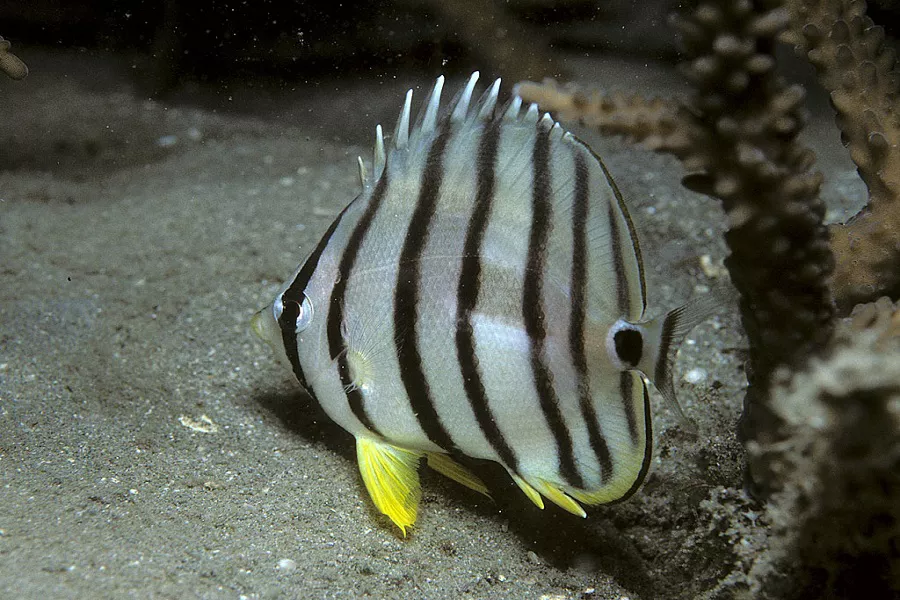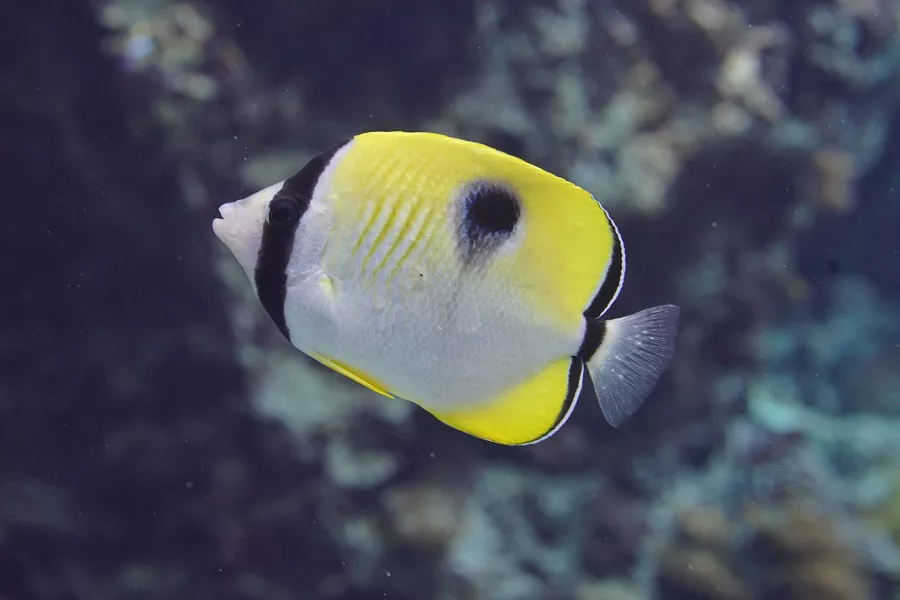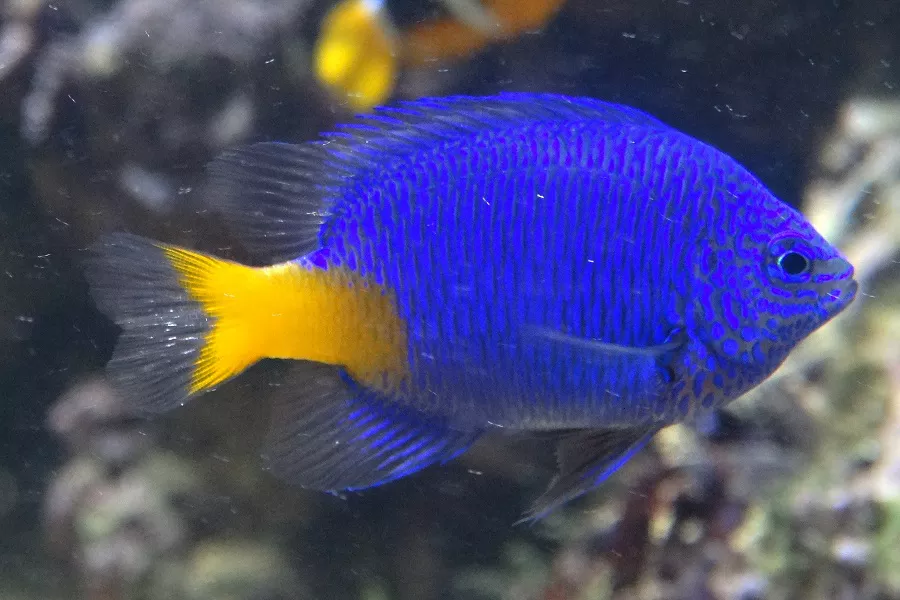What is philippine butterflyfish?
The philippine butterflyfish is also known as the black-faced butterfly in Taiwan. When the panda butterfly is frightened or at night, its body color will turn brown, which is a major feature of the panda butterfly. The panda butterfly in the wild environment mainly inhabits the water depth of 3-25 meters in the coral reef area.
What does a philippine butterflyfish look like?
The philippine butterflyfish is also called the black-faced butterfly in Taiwan. This is due to the saddle-shaped black spot on the headrest of the panda butterfly, which is very distinctive. Many aquarists are also attracted by this feature of the panda butterfly. So what are the characteristics of the panda butterfly?
The adult Panda Butterfly has a tall and nearly round body, with a steep upper profile on the head, slightly S-shaped, with a black spot on the protruding part. Muzzle tip, but not elongated into tubular, anterior nostrils with nasal flaps. The front opercular margin is serrated, and the opercular membrane is connected to the isthmus. The teeth of the two jaws are densely arranged with 9 to 11 rows. The body is covered with large scales, arranged obliquely upward; the lateral line rises sharply upward to below the ninth spine of the dorsal fin and descends below the terminal edge of the base of the dorsal fin. Single dorsal fin. The vertical-spotted eyes are wider than the eye diameter; the headrest has a saddle-shaped black spot; except for the pectoral fins, which are pale and transparent, the other fins are yellow; the soft rays of the dorsal and anal fins have black margins. Juveniles have a black eye spot at the end of the soft rays of the dorsal fin. When frightened or at night, panda butterflies turn tan in color.
philippine butterflyfish living habits
The body length of the adult philippine butterflyfish is 20 cm, so in the case of artificial breeding, it is necessary to prepare a suitable aquarium for the panda butterfly. The recommended water temperature for raising panda butterflies is 26°C, and the water quality proportion is 1.022.
In the wild, panda butterflies like to inhabit coral reefs with a depth of 3-25 meters. Adults usually live in pairs or small groups in soft coral reefs, and are shy and suspicious. Juveniles often live alone in sheltered reef areas or estuaries. The breeding method of panda butterfly is scattered egg type.
philippine butterflyfish rearing
To artificially raise philippine butterflyfish, it is not enough to provide a stable water quality environment. It is also necessary to give panda butterflies a nutritionally balanced bait. So what kind of bait is better for panda butterflies?
Philippine butterflyfish that survive in the wild mainly feed on corals and small crustaceans. Panda butterflies cannot be stocked in invertebrate landscaping tanks, because panda butterflies will eat corals and mollusks in the tank, and the aquarium for panda butterflies should preferably be aquariums with large water volume and complete filtering and life-sustaining equipment. Put some rocks or coral stones in the tank, one can beautify the aquarium, and it can also provide its hiding place.
Reminder: For more knowledge about tiger fish, arowana, australian lungfish, please pay attention to: mtedr.com, to provide you with types of aquarium fish and fish care.


























